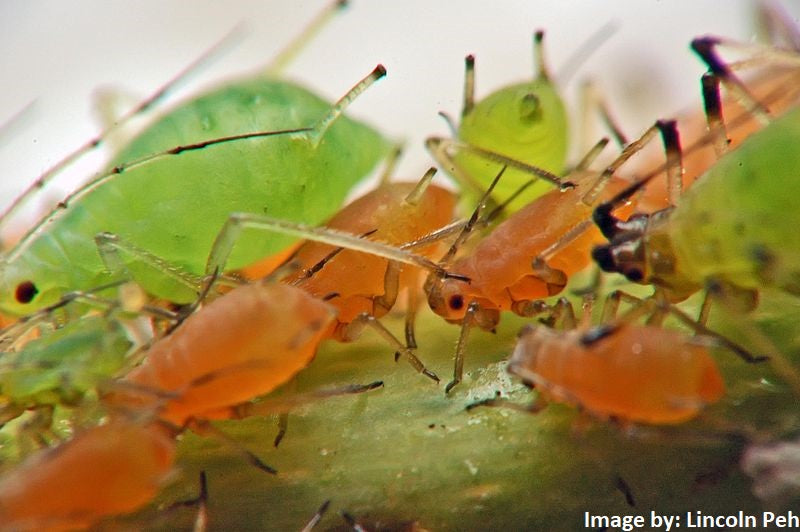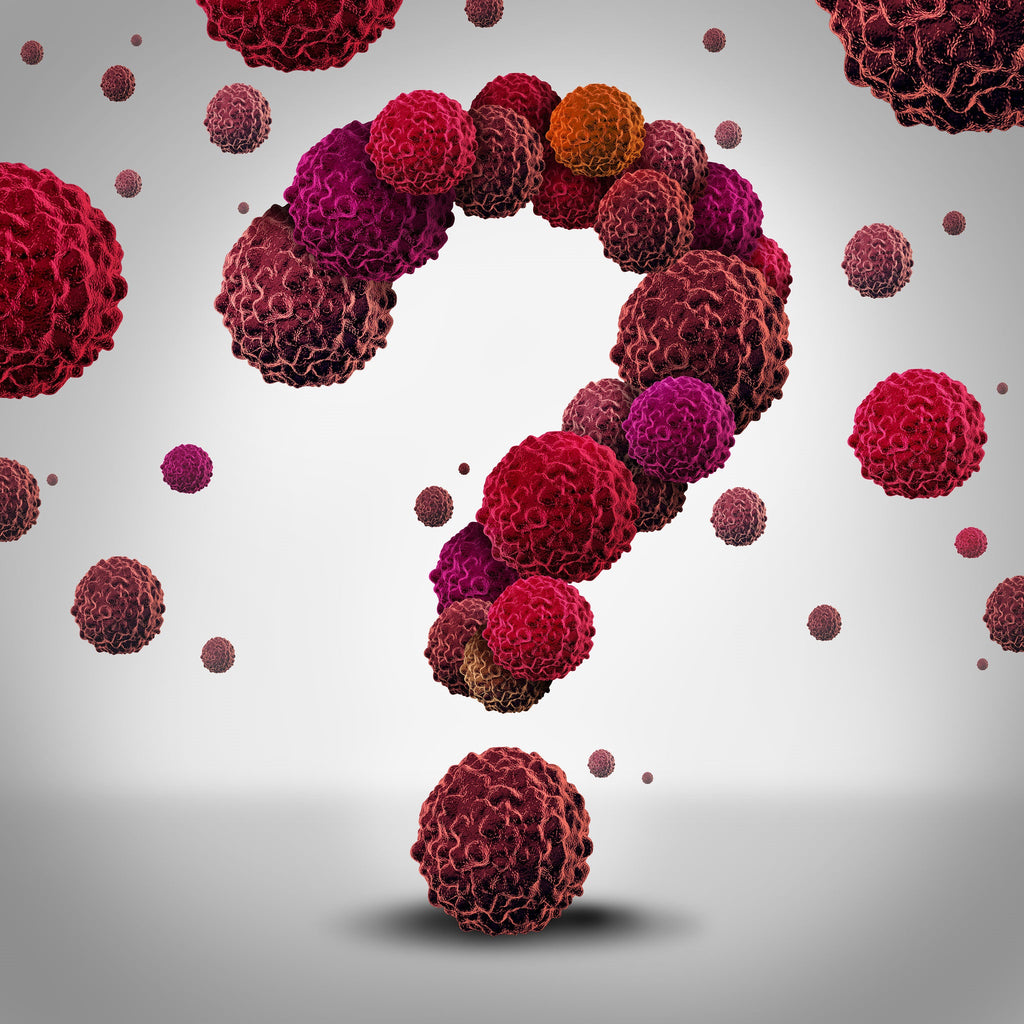Here is some common language that could be used for sanitation in massage therapy, spa and salon work establishments - this list was provided by the OSHA:
Acute Effects: nearly immediate signs and symptoms of illness as a result of exposure to harmful agents (this could include salon products such as hair dye or chemical cleaners).
Acute Toxicity: harmful health effects from a single dose or exposure to a toxic chemical or other toxic substance.
Aerosol: a term that in common use refers to a spray can that emits solid or liquid particles into the air.
Air Freshener: products used to mask unpleasant smells. They can contain formaldehyde, phthalates, and other chemicals harmful to health. They are highly flammable, strong irritants to eyes, skin, and throat. Solid fresheners can cause death if eaten by people or pets.
Ammonia: a general-purpose cleaner used on many household surfaces including glass, porcelain, and other areas meant to be streak-free.
Ammonia-based products are also used for cleaning ovens and soaking items to loosen baked-on grime. Exposure to high concentrations of ammonia in ambient air or in an unventilated area can cause skin irritation, eye irritation, and burning of the nose, throat, and lower airway. Ammonia can seriously impact asthma.
Antibiotic Resistance: when many bacteria are no longer killed by the antibiotics that are usually used to kill them. The bacteria are now "resistant" to these antibiotics and continue to multiply even if you are taking antibiotics. This is a major problem leading to the development of more severe diseases, and in some cases death, when in the past the problem might have been easy to cure.
Antimicrobial Pesticides: see disinfecting agents.
Asthma: chronic inflammatory disorder of the airways in the lungs that results in one or several of the following signs/symptoms: wheezing, coughing, chest tightness, and/or trouble breathing.
Bioaccumulate: when more of a chemical is absorbed and stored by the body than is broken down by or eliminated from the body.
Biodegradable: the ability of a product to break down in the environment once it enters wastewater treatment plants, rivers and streams or landfills. Unfortunately, the term biodegradable is unregulated. As a result, most cleaning supply manufacturers state that their product is biodegradable. It is important to assume that a product with the label is no better without the label.
Biofilms: thin armored fortresses that microbes build to live, breed, and hide in. Biofilms form when a “community” of germs (bacterial, fungal, algal) attaches to a moist surface by secreting a slimy, glue-like substance.
Body Fluid Spill (BFS): spill of bodily fluids such as vomit, blood, or feces as a result of an illness or injury. Special precautions need to be taken when cleaning a BFS.
Bleach Alternatives (usually referred to as chlorine-free bleach): products that contain a bleach alternative such as oxygen bleach or hydrogen peroxide. Oxygen bleach and hydrogen peroxide are less hazardous than chlorine bleach. If a bleach product must be used, avoid chlorine bleach and use chlorine-free alternatives.
Chronic Toxicity: adverse health effects from repeated doses of a toxic chemical or other toxic substance over a relatively prolonged period of time, generally greater than one year.
Cleaning: helps reduce the number of infectious diseases that are passed around by removing and washing some germs down the drain. This is a safer way to eliminate germs when less hazardous cleaning agents are used. Cleaning also removes dirt and organic matter that can reduce the effectiveness of sanitizers and disinfectants.
Corrosive: a chemical that causes visible destruction of, or irreversible alterations in, living tissue by chemical action at the site of contact. Chemicals can also be corrosive to inanimate surfaces. For example, bleach is corrosive to stainless steel.
Detergents: agents that remove soil and organic material from surfaces. This allows for a disinfectant to reach and destroy germs within or beneath the dirt.
Direct Contact: when body fluids are directly transferred from one person to another and result in spread of infectious disease. Examples of direct contact are touching, kissing, and sex. An animal bite is also an example of the spread of germs by direct contact.
Disinfecting: a process needed if the surface or item must be free and clear of all visible and microscopic organisms. Disinfecting a surface will “kill” up to 99.999% of microscopic organisms within 10 minutes, or as claimed on the label of a particular product.
Disinfecting Agents: products registered by the Environmental Protection Agency (EPA) as “antimicrobial pesticides” that are used to control, prevent, or destroy harmful microorganisms (bacteria, viruses, or fungi) on inanimate objects and surfaces. Antimicrobial products include sanitizers, disinfectants, and sterilants (which completely eliminate or destroy all forms of microbial life, including spores). They must be certified by the EPA before they can be labeled a disinfectant.
Dwell Time (AKA contact time): the amount of time that a sanitizer or disinfectant must be in contact with the surface, and remain wet, in order to achieve the product’s advertised kill rate.
Endocrine Disrupting Chemicals (EDCs): compounds that in very small amounts cause illnesses by interfering with or mimicking the natural hormonal functions of the body. Many chemicals used in fragrances and fragranced cleaning supplies, pesticides, plastics, and personal care products are EDCs. Exposure to EDCs not only poses a health risk during exposure, but also increases risk of developing diseases later in life. They can be especially harmful to the developing fetus.
Formaldehyde: a colorless, flammable, strong-smelling chemical that is used in building materials and to produce many household products. Exposure to formaldehyde can lead to cancer and decreased brain activity. Exposure may also result in watery eyes, coughing, wheezing, nausea, skin irritation, and burning sensations in the eyes, nose, and throat.
Fragrance: any substance, either natural or manmade, which conveys an odor or scent. More than 3,000 chemicals are used in fragrances.
Indoor Air Pollution/Indoor Air Quality: the level of pollution in and around the buildings and structures that we live, work, and play in. Poor indoor air quality can lead to illness.
Infectious Disease: diseases that are spread from one person (or animal) to another. Sometimes called communicable or contagious diseases. These may be caused by virus, bacteria, fungus, protozoa, or other microbes.
Microfiber: very effective cleaning material made of tiny wedge-shaped fibers that pick up and hold much more dirt, dust, bacteria, and other microbes than a traditional cotton-based cleaning product.
Nonporous Surface: a smooth, solid surface without pores or holes that limit penetration of liquid below the immediate surface.
Neurotoxin: toxic substances from chemicals, microorganisms, plants, or animals that interfere with the development and functioning of the nervous system.
Parabens: a class of chemicals used extensively by both the cosmetic and pharmaceutical industries as a preservative. Parabens can disrupt the hormone (endocrine) system and have been linked to breast cancer.
Porous Surface: untreated woods, fabrics, and other surfaces that allow absorption of liquids through the top surface.
Personal Protective Equipment (PPE): clothing worn to protect workers from hazards such as chemicals and germs.
Phthalates: chemicals used to make plastics softer and/or more flexible and more durable. Some are endocrine disruptors. For example, they have been found to mimic female hormones, resulting in feminization of boys. They are found in air fresheners, in fragrances in cleaning, sanitizing, and disinfecting products, as well as in toys, shower curtains, vinyl flooring, lubricants, adhesives, laundry detergents, nail polish, hair spray, and shampoo. In many instances phthalates are not identified on product labels. Exposure can occur through direct contact with products containing phthalates, through leaching of phthalates into other products, or through general environmental contamination. Phthalates do not remain in the body long, but most people have measurable levels of phthalates in their urine because we are exposed to them constantly.
Reproductive Toxic Chemical (toxicant): a chemical that causes damage to or disease in male or female reproductive systems or organs, or that harms unborn fetuses.
Respiratory Irritant: any substance which can cause inflammation or other harmful reactions in the respiratory system (lungs, nose, mouth, larynx and trachea). Examples of respiratory irritants include tobacco smoke, ozone, bleach and some other inhaled household cleaners, sanitizers and disinfectants.
Respiratory Sensitizer: a substance that causes an allergic reaction in the respiratory system. Once a person is “sensitized” to this substance, further exposure to even tiny amounts will produce symptoms. Sensitization generally happens after several months or even years of breathing in the sensitizer. Can cause symptoms ranging from those that are like a mild cold or flu to severe asthma symptoms including wheezing, chest tightness, shortness of breath, difficulty breathing and/or coughing.
Routine Disinfection: the elimination of 99.999% of germs from hard surfaces on a regular basis, as required by regulation.
Safety Data Sheet (SDS): formerly called Material Safety Data Sheet or SDS. Contains information on the potential health effects of exposure to chemicals or dangerous substances. The SDS contains information on how to safely use and manage a hazardous product, appropriate personal protective equipment to use, and emergency procedures to follow. The SDS also provides information on how to recognize symptoms of overexposure and what to do if such incidents occur.
Sanitary: the conditions that protect the health of the people in a building, especially cleanliness and reduced exposure to disease-causing germs.
Sanitize: to reduce to a safe level, but not totally eliminate, microorganisms on a treated surface.
Sensitizer: material that can cause severe skin responses such as dermatitis and/or respiratory responses such as asthma in a sensitized person after exposure to a very small amount of the material. Sensitization develops over time. When a person is first exposed to a sensitizer, there may be no obvious reaction. However, future exposures can lead to increasingly severe reactions in sensitized individuals. Not all exposed persons will react to sensitizing materials.
Surfactant: chemical used in certain cleaning products that help to loosen dirt and grease from surfaces so that they can be washed away. Some are safer than others. See the Design for the Environment website for information on which surfactants are healthier for both you and the environment.
Terpenes: chemicals found in pine, lemon, and orange oils that are used in many cleaning and disinfecting products as well as in fragrances. Terpenes vary in toxicity and can react with ozone to produce a number of compounds, including formaldehyde, which causes asthma and cancer.
Third-party Certified Products: cleaning products that have been reviewed by one of the following agencies:
- EcoLogoTM
- Green Seal™
- Design for the Environment
Triclosan: an antibacterial chemical used in various soaps and household cleaners. volatile organic compounds (VOCs): hazardous chemicals that easily evaporate and get into the air. VOCs are released from cleaning products such as aerosol sprays, liquid cleaners, dry cleaners, solvents, glues, and adhesives.
To learn more, please register for training with us at: https://ceinstitute.com/
#cosmetology #nailtechnician #manicure #pedicure #safety #safetyfirst #salon #spa #business #sanitation #disinfection #cleaning #mani #pedi #sds #sdssheet #massage #massagetherapy #massagetherapist #bodywork #bodyworker #lmt #massageestablishment











